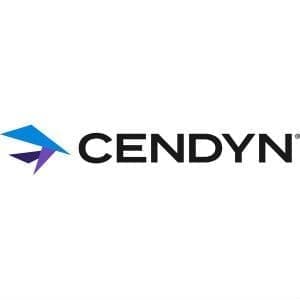 A new HRS white paper – ÒSavings through TransparencyÓ Ð reveals that the average room price of booked overnight stays in hotels decreases by twelve percent on average after a central, virtual payment solution is introduced. The analysis took into account 30,000 hotel bookings by companies, equally divided into bookings made before and after the introduction of a virtual payment solution.
A new HRS white paper – ÒSavings through TransparencyÓ Ð reveals that the average room price of booked overnight stays in hotels decreases by twelve percent on average after a central, virtual payment solution is introduced. The analysis took into account 30,000 hotel bookings by companies, equally divided into bookings made before and after the introduction of a virtual payment solution.
With virtual payment solutions, companies receive and settle hotel invoices centrally and with no need for paper. A credit card generated at the time of booking settles the hotel invoice; the traveller does not need to pay ahead or figure out travel expense reports. As a result, this gives companies full transparency on all lodging spend, right down to item line level. While companies have been aware of the process advantages Ð indirect savings Ð for a long time now, there are also various direct advantages:
- The average rate of rooms booked fell after the introduction of a virtual payment solution, from $138 to $121 Ð a drop of twelve percent.
- The no-show rate, which generates additional costs for the company, is the proportion of bookings for which the traveller does not turn up at the hotel. This also fell, from 4.1 percent to 3.5 percent. Beyond operational efficiency gains, the reduced no-show rate also benefits preferred hotel partners, so they can better manage their inventory.
- Travelers booked their overnight stay 2.5 days earlier than before Ð 11 days prior to arrival instead of 8.5 days.
A shift towards regional and local hotels
The significant cost reduction in the average rate is explained by two factors. First, earlier booking has the effect of making room rates rise at the time of trade exhibitions. Secondly, the data shows a shift in bookings away from global chains and instead towards regional and local hotels. If such hotels comprised just 30 percent of bookings before the solution was introduced, then the proportion after implementation rose to 40 percent. AsÊa further HRS data analysisÊshows, hotel options outside of global chains often present less expensive rooms of similar quality, as those properties do not have to factor in franchise fees and other related overhead expenses.
ÒThe study shows that the transparency created by virtual payment solutions appears to steer travellers towards less expensive hotels,Ó said Christian Gall, vice president of payment solutions for HRS. ÒIn effect, their behaviour is changing and money is being savedÉwithout them even noticing. This adds a new dimension to the conversation around the benefits of virtual payment, as the focus has been mainly on indirect savings so far.Ó
The white paper can be downloaded free of charge atÊhttps://corporate.hrs.com/us/solutions/savings-through-transparency.















